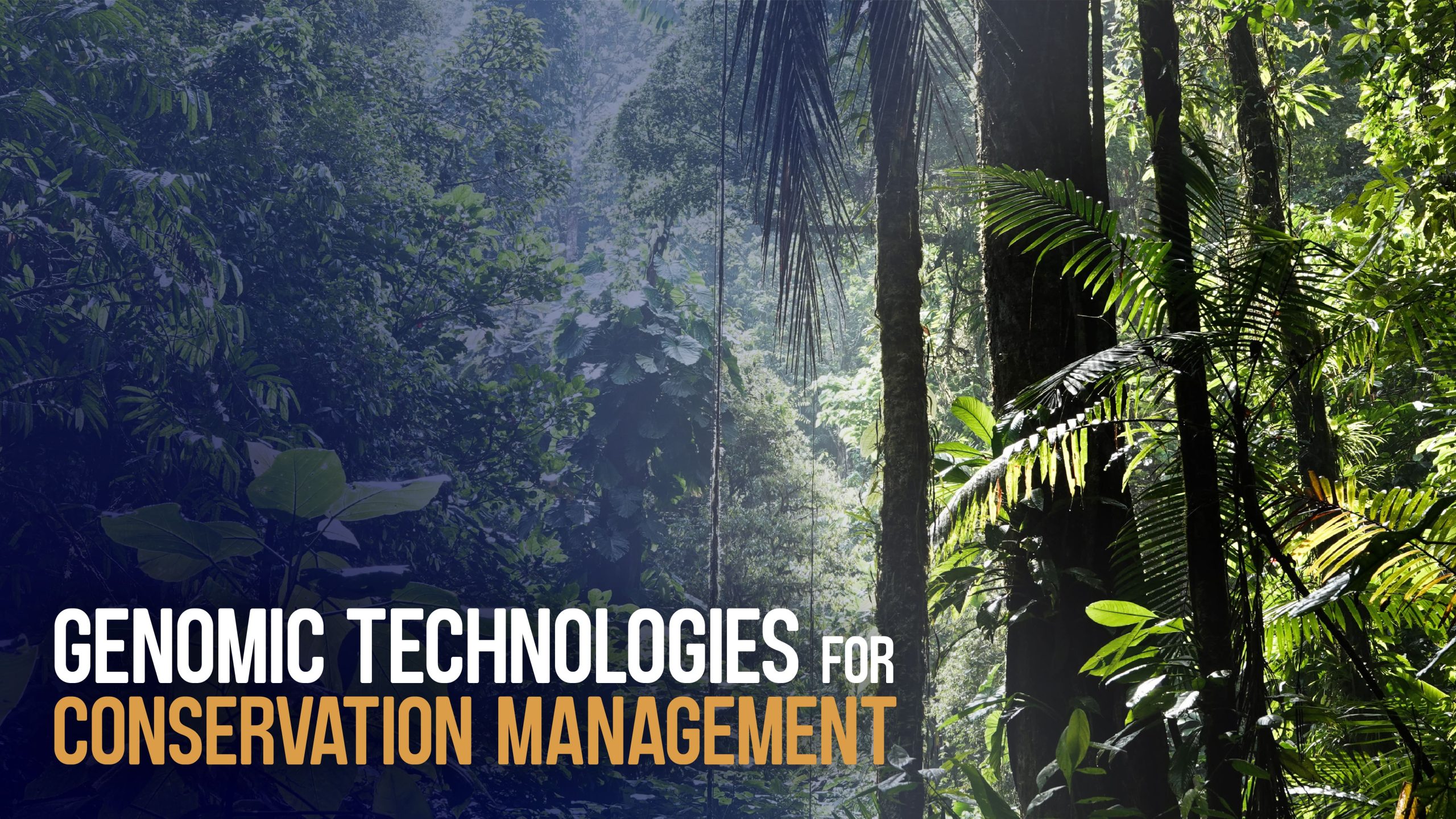More investment and support for research into emerging tools for conservation is needed to prevent further biodiversity loss, according to a new paper published in Conservation Genetics. The study explores how new genomic technologies, including gene drive, could be used to address existing conservation challenges and prevent the extinction of endangered species.
According to the Intergovernmental Science-Policy Platform on Biodiversity and Ecosystem Services’ (IPBES) recent Global Assessment Report on Biodiversity and Ecosystem Services, nature is declining at global rates unprecedented in human history and transformative change is needed to halt biodiversity loss and preserve threatened ecosystems. Experts believe that emerging genomic technologies have the potential to revolutionize conservation management and offer added benefits to conservation efforts. Gene drive approaches for example could help address the issue of invasive alien species by offering a more precise and humane alternative to complement current interventions.

The new publication aims to be a practical guide on the potential of these emerging new tools and the research gaps left to be covered for decision-makers and practitioners in the field of conservation. The paper outlines the following potential applications of gene drive technology for conservation management:
- Avian malaria: Researchers are exploring new tools to eliminate avian malaria threatening Hawaiian bird populations. In this context, gene drive approaches could be used to either make the invasive mosquitoes refractory to the disease or reduce their population.
- Invasive common wasps in New Zealand: The invasive common wasp is listed among 100 of the world’s worst invasive alien species and is currently wreaking havoc in New Zealand where high densities of wasp populations cover over more than a million hectares of native forest. The use of pesticides to control the invasive wasp population represents a big risk for biodiversity as it may impact non-target species. Instead, scientists are considering using a gene drive approach to obtain modified queens carrying a genetic modification that would lead to a reduction in the population of the invasive species.
- Invasive rodents on islands: Invasive rats are known for destroying native fauna and flora on islands and represent a major threat to biodiversity. Researchers are investigating the potential and feasibility of using a gene drive biasing the sex ratio of the invasive rodents as a tool to solve the problem.
Read this article in Phys.org to find out more about emerging genomic tools and their potential to help conservation practitioners solve some of the world’s most pressing conservation challenges.
Recent posts
